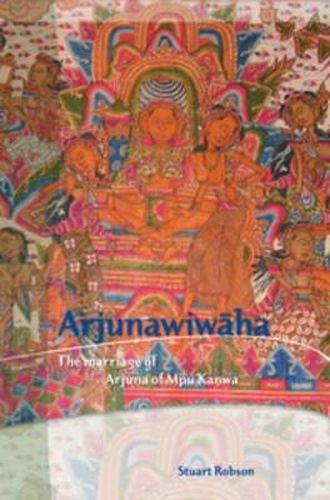Readings Newsletter
Become a Readings Member to make your shopping experience even easier.
Sign in or sign up for free!
You’re not far away from qualifying for FREE standard shipping within Australia
You’ve qualified for FREE standard shipping within Australia
The cart is loading…






The Arjunawiwaha is one of the best known of the Old Javanese classics. This volume presents a new text, based on Balinese manuscripts, with a complete translation, building on the work done by earlier writers. An introduction provides ample background information, as well as an original interpretation of the significance of the text, within its historical and cultural setting. This poem was written by Mpu Kanwa in around A.D. 1030 under King Airlangga, who ruled in East Java. It is Mpu Kanwa’s only known work, and is the second oldest example in the genre of kakawin. The poem is a narrative, but also contains passages of description, philosophical or religious teaching of great interest, as well as remarkable erotic scenes. Parts of the tale have been depicted on early temple reliefs and in paintings, and the text is still recited in Bali by literary clubs and in temple ceremonies. Full text (Open Access)
$9.00 standard shipping within Australia
FREE standard shipping within Australia for orders over $100.00
Express & International shipping calculated at checkout
The Arjunawiwaha is one of the best known of the Old Javanese classics. This volume presents a new text, based on Balinese manuscripts, with a complete translation, building on the work done by earlier writers. An introduction provides ample background information, as well as an original interpretation of the significance of the text, within its historical and cultural setting. This poem was written by Mpu Kanwa in around A.D. 1030 under King Airlangga, who ruled in East Java. It is Mpu Kanwa’s only known work, and is the second oldest example in the genre of kakawin. The poem is a narrative, but also contains passages of description, philosophical or religious teaching of great interest, as well as remarkable erotic scenes. Parts of the tale have been depicted on early temple reliefs and in paintings, and the text is still recited in Bali by literary clubs and in temple ceremonies. Full text (Open Access)